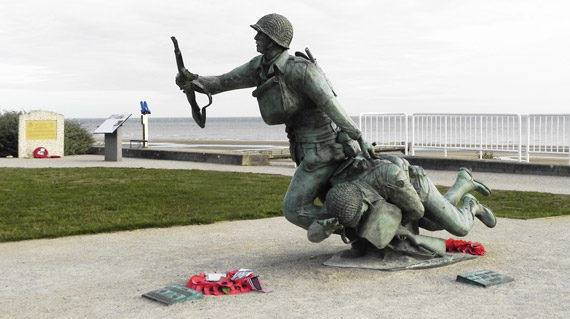
Omaha Beach, "Bloody Omaha", Dog Green Area
One of the bloodiest areas of the beach. It was in this place that the Boys of A Company, 116th Regiment, 29th Infantry Division landed.
RDV time and place are 8.20am Place de Québec, in the center of Bayeux. Therefore you can only join this tour if you are spending the night before in Bayeux or vicinity. If you are residing in Paris, please check our « Tours from Paris » section for more options.
This tour will take you to sectors where the American V Corps and VII Corps landings occurred at Omaha and Utah beaches. You will follow the steps of the famous 1st, 29th, and 4th American Infantry Divisions and the other units that linked up with them. You will also be taken to the misplaced drop zones of the 82nd and 101st Airborne Units that landed in the early morning hours of the D-Day Invasion on June 6, 1944.
MORNING: Longues-sur-Mer Battery – Omaha Beach – American Cemetery of Colleville – Pointe du Hoc.
AFTERNOON: Sainte-Mère-Eglise – La Fière – DeGlopper Action – Utah Beach – Sainte Marie du Mont – Holdy Battery and First Aid Station – La Colombière Hospital – Hiesville General Taylor Headquarter – General Pratt Memorial – Angoville au Plain
This tour will take you to sectors where the American V Corps and VII Corps landings occurred at Omaha and Utah beaches. You will follow the steps of the famous 1st, 29th, and 4th American Infantry Divisions and the other units that linked up with them. You will also be taken to the misplaced drop zones of the 82nd and 101st Airborne Units that landed in the early morning hours of the D-Day Invasion on June 6, 1944.
Lunch is not included in our fee.

One of the bloodiest areas of the beach. It was in this place that the Boys of A Company, 116th Regiment, 29th Infantry Division landed.
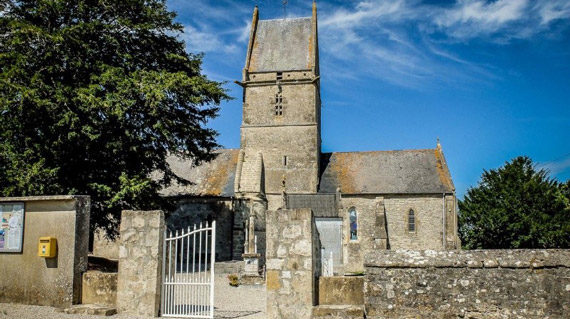
This is the very moving story of Bob Wright and Kenneth Moore. Two medics from 101st Airborne distinguished for their heroic feats.
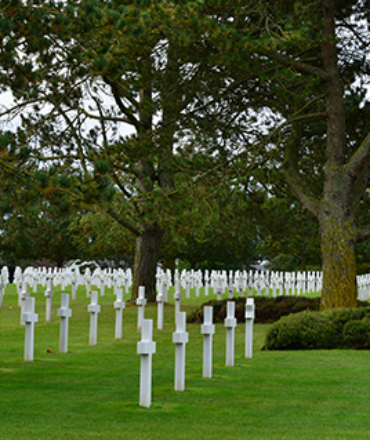 american cemetery of colleville sur mer
american cemetery of colleville sur mer
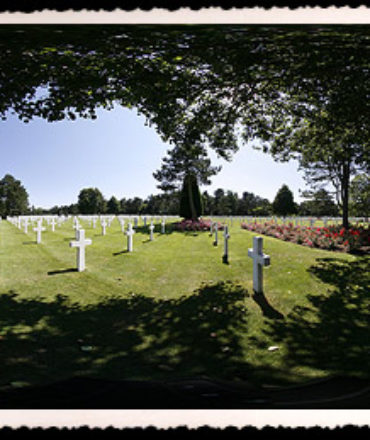 american cemetery of colleville-sur-mer
american cemetery of colleville-sur-mer
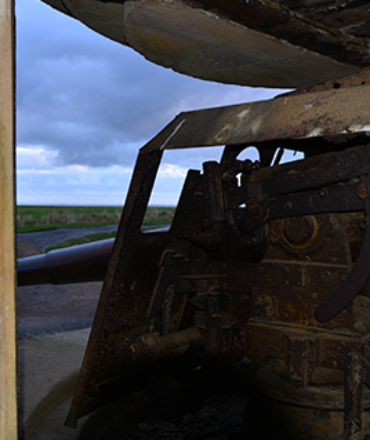 battery longues sur mer
battery longues sur mer
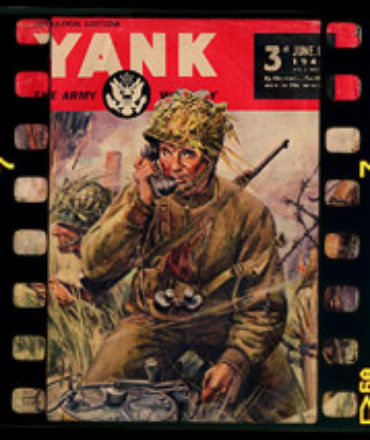 Yank dday
Yank dday
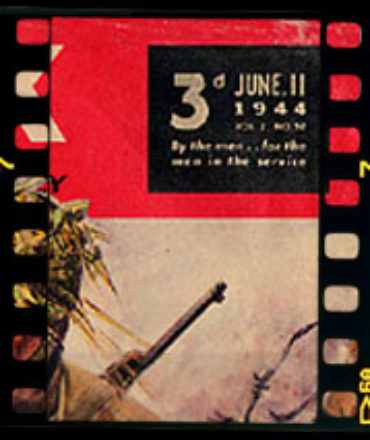 Yank dday 02
Yank dday 02
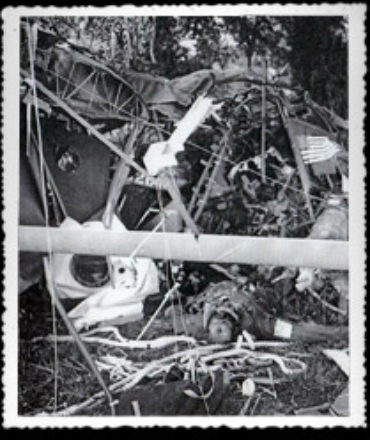 waco overlordtour
waco overlordtour
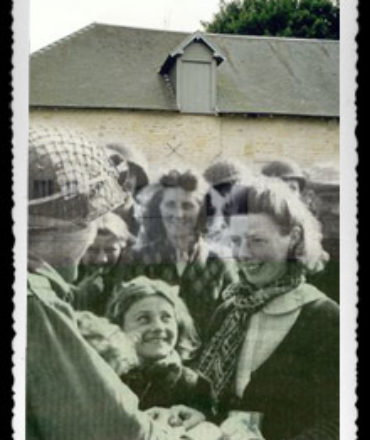 Taylor headquarter
Taylor headquarter
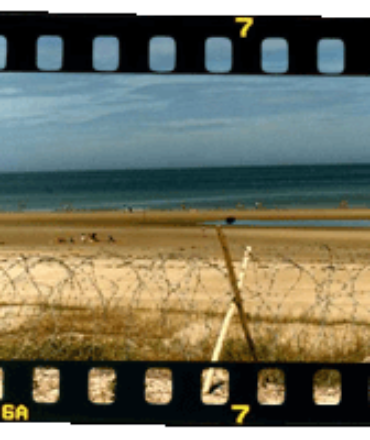 utah beach overlordtour
utah beach overlordtour
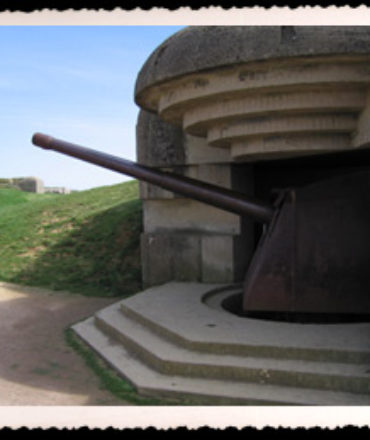 The battery of longues-sur-mer
The battery of longues-sur-mer
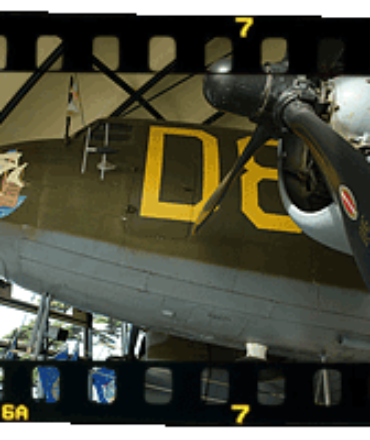 sainte-mere-eglise museum
sainte-mere-eglise museum
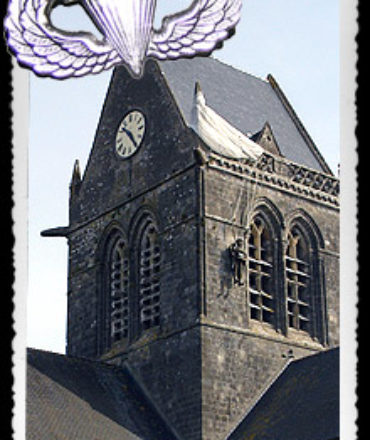 ste-mere-eglise
ste-mere-eglise
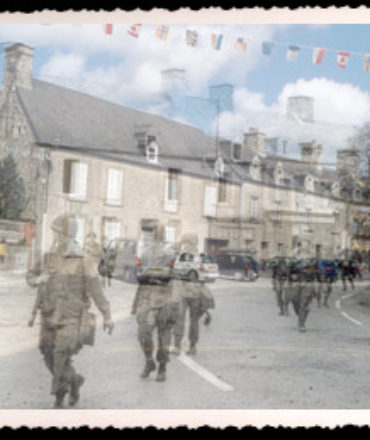 sainte-marie-du-mont
sainte-marie-du-mont
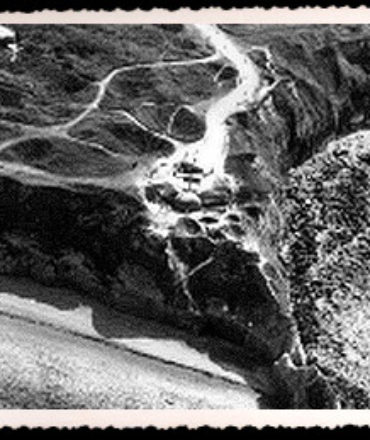 pointe-du-hoc
pointe-du-hoc
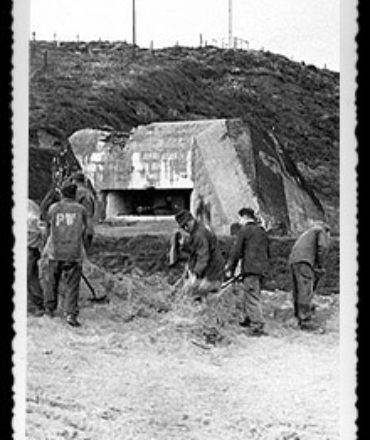 omaha wn Sainte-Honorine-des-Pertes to Vierville
omaha wn Sainte-Honorine-des-Pertes to Vierville
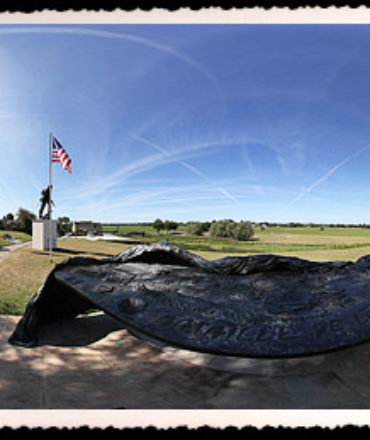 la fiere overlordtour
la fiere overlordtour
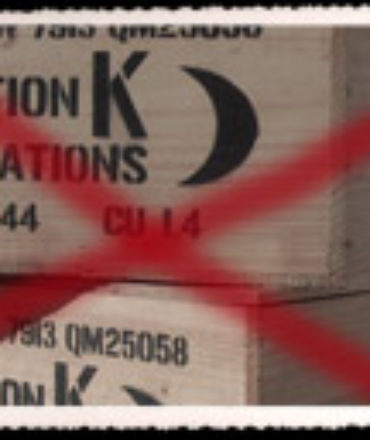 lunch break overlord
lunch break overlord
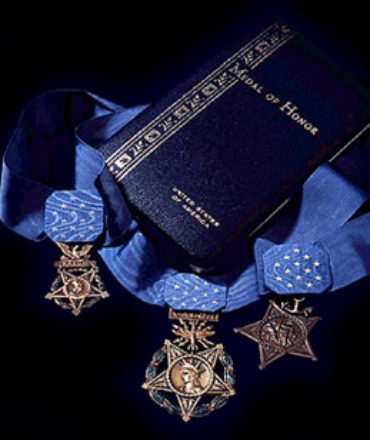 medal-of-honor overlord
medal-of-honor overlord
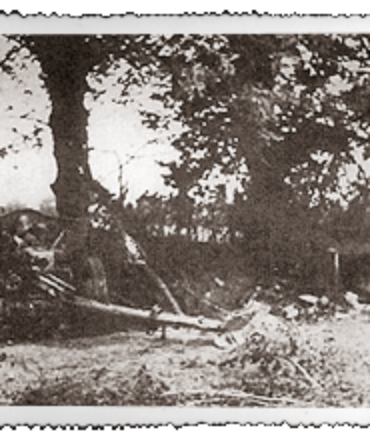 holdy Lage overlord
holdy Lage overlord